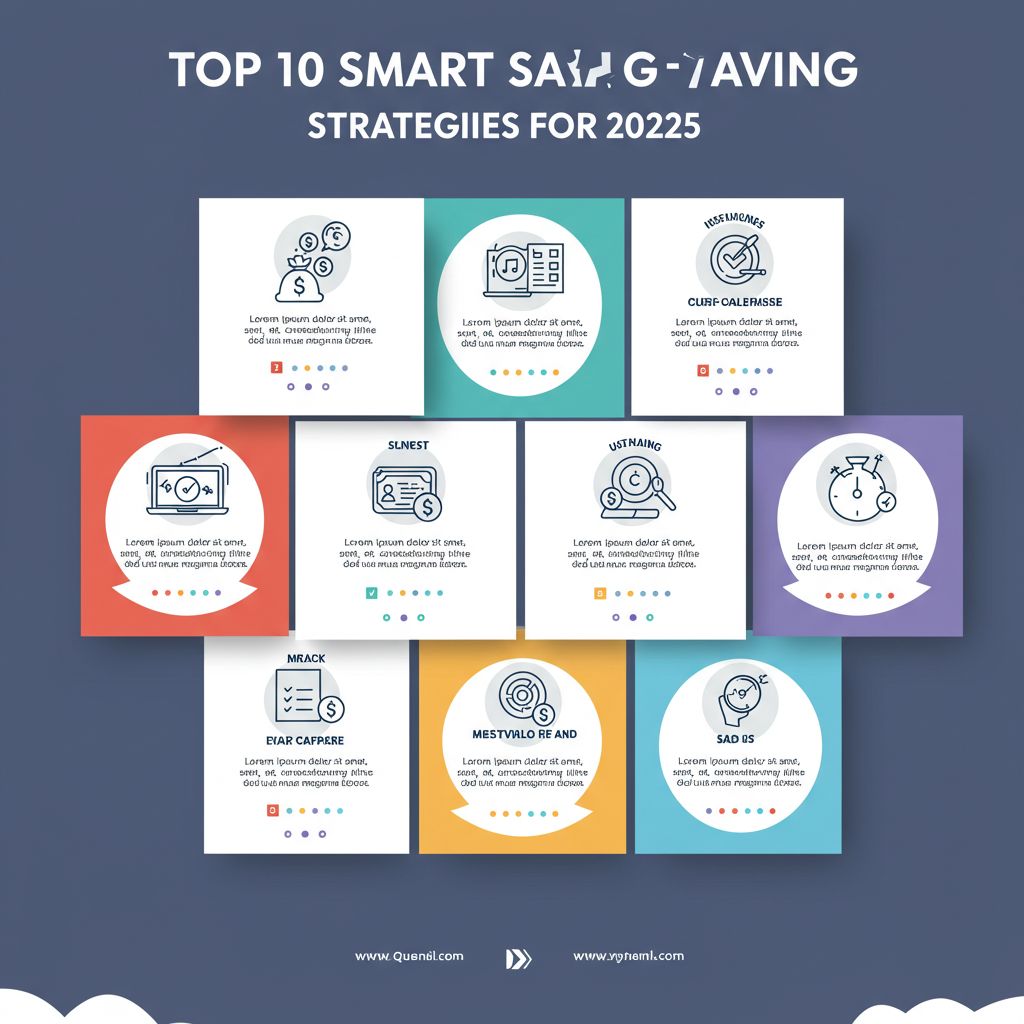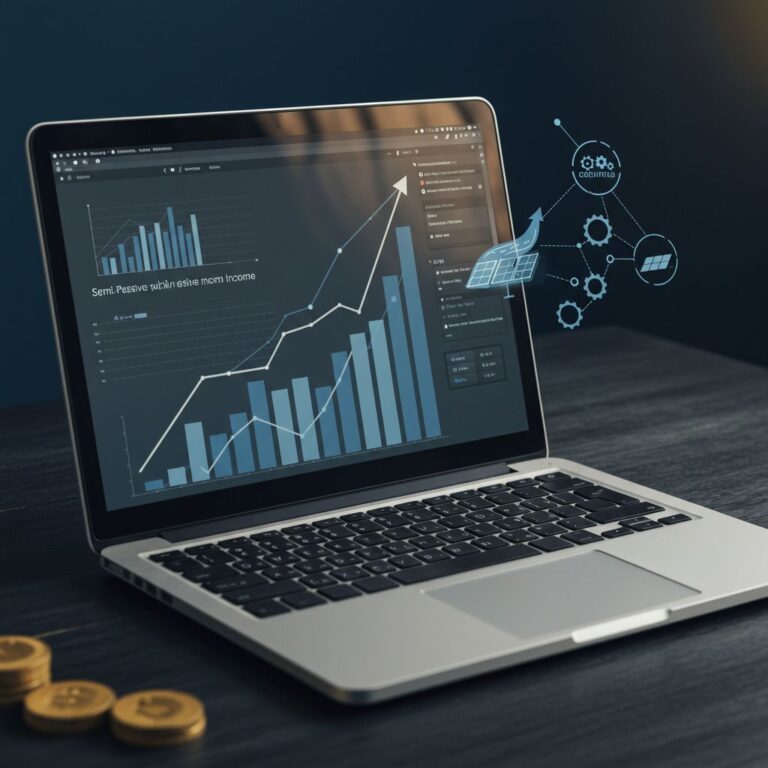As the financial landscape continues to evolve, it is essential for individuals to adapt their saving strategies accordingly. The onset of 2025 brings new opportunities and challenges in personal finance, influenced by technological advancements, changing economic conditions, and shifting consumer behaviors. In this article, we will explore ten smart saving strategies that can help you secure your financial future while maximizing your savings potential.
Table of Contents
1. Automate Your Savings
One of the most effective ways to save money is to automate the process. By setting up automatic transfers from your checking account to your savings account, you can effortlessly save without having to think about it.
Benefits of Automation
- Reduces the temptation to spend.
- Ensures consistent savings.
- Helps you reach financial goals faster.
2. Take Advantage of High-Interest Savings Accounts
In 2025, many financial institutions offer high-interest savings accounts that yield significantly better returns than traditional savings accounts. These accounts typically have higher APYs (annual percentage yields), making them a smart choice for growing your savings.
What to Look For
- Compare APYs across different banks.
- Check for any fees or minimum balance requirements.
- Ensure the bank is FDIC insured for security.
3. Use Budgeting Apps
In a tech-savvy age, budgeting apps have become invaluable tools for managing finances. These apps can help you track your spending, set savings goals, and analyze your financial habits.
Popular Budgeting Apps
| App Name | Features | Platforms |
|---|---|---|
| Mint | Budget tracking, bill reminders, credit score monitoring | iOS, Android, Web |
| YNAB (You Need A Budget) | Goal setting, real-time budgeting | iOS, Android, Web |
| PocketGuard | Spending limits, bill tracking | iOS, Android |
4. Invest in a Health Savings Account (HSA)
Investing in a Health Savings Account (HSA) allows individuals to save on healthcare expenses while enjoying tax benefits. Contributions to an HSA are tax-deductible, and funds grow tax-free when used for qualified medical expenses.
Why Consider an HSA?
- Triple tax advantage: tax-deductible contributions, tax-free growth, tax-free withdrawals for medical expenses.
- Funds roll over year to year.
- Can be invested in various options for potential growth.
5. Embrace the Gig Economy
With the rise of the gig economy, many individuals are finding supplemental income through part-time jobs or freelance work. This additional income can be directly allocated to savings, helping you reach your financial goals faster.
Gig Economy Platforms to Explore
- Upwork
- Fiverr
- TaskRabbit
- Uber/Lyft
6. Leverage Cash-Back and Rewards Programs
Many credit cards and shopping apps offer cash-back and rewards programs that allow you to earn money back on your everyday purchases. By strategically using these rewards, you can save significant amounts over time.
Maximizing Rewards
- Choose cards that align with your spending habits (e.g., groceries, travel).
- Redeem rewards strategically for high-value items or cash back.
- Monitor quarterly promotions for additional opportunities to earn.
7. Set Specific Savings Goals
Creating clear, specific savings goals can provide motivation and direction. Whether you’re saving for a vacation, a new car, or a home down payment, having a target helps you stay focused.
How to Set Effective Savings Goals
- Define your goal: What do you want to achieve?
- Determine the amount required and timeframe.
- Break it down into monthly savings targets.
8. Consider Certificate of Deposits (CDs)
Certificates of Deposit (CDs) are time deposits that offer higher interest rates in exchange for locking your money away for a specified period. While less liquid than regular savings accounts, they can be an excellent option for saving for longer-term goals.
Pros and Cons of CDs
| Pros | Cons |
|---|---|
| Higher interest rates | Penalties for early withdrawal |
| Predictable returns | Less liquidity compared to savings accounts |
9. Utilize the 50/30/20 Rule
The 50/30/20 rule is a simple budgeting method that allocates your income into three categories: needs, wants, and savings. This strategy can help you maintain a balanced budget while ensuring you save adequately.
Breakdown of the Rule
- 50% for needs: housing, food, transportation.
- 30% for wants: entertainment, dining out, non-essentials.
- 20% for savings: retirement accounts, emergency funds.
10. Review and Adjust Regularly
Finally, to ensure your saving strategies remain effective, it is crucial to review your financial situation regularly. Life changes, such as job changes or family growth, may require adjustments to your savings plan.
Key Considerations for Reviews
- Evaluate your expenses and adjust your budget.
- Reassess your savings goals and timelines.
- Stay informed about new financial products and services that may benefit you.
By adopting these ten smart saving strategies in 2025, you can take charge of your financial future, build a healthy savings cushion, and work towards achieving your financial goals. Whether you are saving for short-term needs or long-term investments, these tactics offer a structured approach to enhance your financial well-being.
FAQ
What are some effective saving strategies for 2025?
Effective saving strategies for 2025 include automating your savings, setting specific financial goals, using high-yield savings accounts, and taking advantage of tax-advantaged accounts.
How can I automate my savings in 2025?
You can automate your savings by setting up automatic transfers from your checking account to your savings account or investment accounts on a regular basis.
What is a high-yield savings account and why should I consider it?
A high-yield savings account offers a better interest rate compared to traditional savings accounts, allowing your money to grow faster over time.
Why is setting specific financial goals important for saving?
Setting specific financial goals helps to create a clear plan, keeps you motivated, and allows you to track your progress towards saving for important milestones.
What are tax-advantaged accounts and how can they help my savings?
Tax-advantaged accounts, such as IRAs and HSAs, provide tax benefits that can enhance your savings growth and help you save for retirement or healthcare costs.
How can I cut expenses to boost my savings in 2025?
You can cut expenses by creating a budget, reducing discretionary spending, shopping for better deals, and eliminating unnecessary subscriptions.









